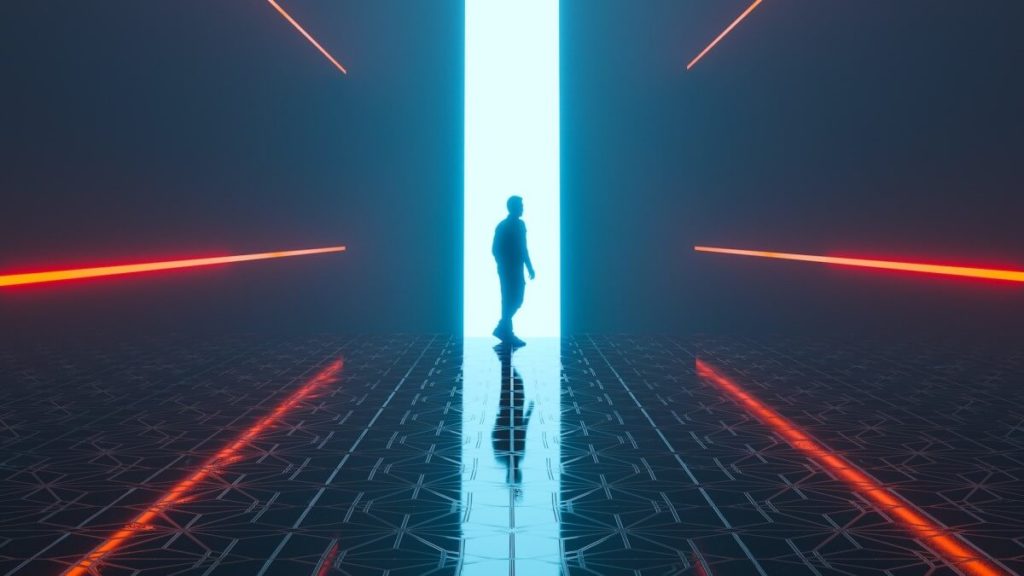
HYPERVSN 3D Catalog
USD 1,200
Qty

HYPERVSN 3D Catalog
USD 1,200
Qty

HYPERVSN 3D Catalog
USD 1,200
Qty
Cart Subtotal:
USD 3,600

Dmitry Shatkov
Ecommerce Manager
The use of laser beams for holograms has been a growing trend in recent years, with the progress in technology allowing for more intricate and realistic holographic images.
Holograms are three-dimensional images that can be created using a laser beam. The process of creating a hologram involves several steps:
One of the latest developments in laser beams for holograms is “deep learning”. Researchers at the University of California, Riverside, developed a method that uses artificial intelligence to create holographic videos with previously unattainable levels of detail and realism. The algorithm analyzes a 3D model and then calculates the optimal laser beams required to create the holographic image. This approach allows for more efficient use of laser beams and results in higher quality holographic images.
Another recent development in the field of laser holography is the use of holographic displays for virtual reality applications. Researchers at the University of Arizona have developed a holographic display system that can create images with a resolution of up to 10,000 pixels per inch. This level of detail could allow for more immersive and realistic VR experiences in the future.
Furthermore, the use of holograms for medical applications is also gaining traction. Researchers at the University of Eastern Finland have created a 3D hologram of a patient’s heart that is used to plan and practice complex heart surgeries. This approach could potentially reduce the risk and improve the outcomes of these types of surgeries.
These recent developments in the use of laser beams for holograms demonstrate the growing potential of this technology and its applications in many industries.
Overall, the state of the industry for laser beams and holograms is one of rapid growth and innovation, with new applications and advancements being made all the time. As technology continues to evolve, the possibilities for creating even more complex and realistic holographic images with laser beams are virtually limitless.




subscribe

USD 1,200
Qty

USD 1,200
Qty

USD 1,200
Qty
Cart Subtotal:
USD 3,600☎️